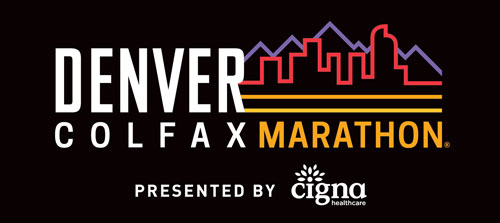Hydration Tips
Under hydration and over hydration can both be problematic. If you become dehydrated during exercise and lose more than 2% of your body weight as a result, your performance can dramatically decline. In addition, dehydration can lead to fainting and even death. On the other hand, over hydration with plain water (no electrolytes) can cause hyponatremia, a condition in which blood sodium levels become too low. Hyponatremia in runners is rare, but is more common in slow runners that drink a lot of plain water during their run. This is one reason drinking sport drinks that contain electrolytes is so important during exercise, especially outdoor exercise in the heat.
Aim for replacing about 80% of your fluids lost from sweat, or enough to prevent more than 2% body weight loss during exercise. It can be challenging to take in adequate fluids if you are not used to drinking while running. Use your gut as a guide to help you fine tune your fluid intake.
Use this sweat rate calculator to help you plan your fluid intake: https://data.gssiweb.com/fluidLoss
To calculate your sweat rate you will need to be able to weigh yourself before and after exercise and measure how much fluid (and/or food) you consume during exercise. A food scale can be useful, or simply a water bottle with ounce marks so you can track how much you consumed.
Sweat rate will change based on exercise type and environment. You will have a different sweat rate when cycling compared to running. You will have different sweat rate running on a hot day compared to a cool day. Try to calculate your sweat rate in conditions similar to race day for the most accurate race day hydration plan. And don’t forget to practice, practice, practice! Never try something new on race day.



